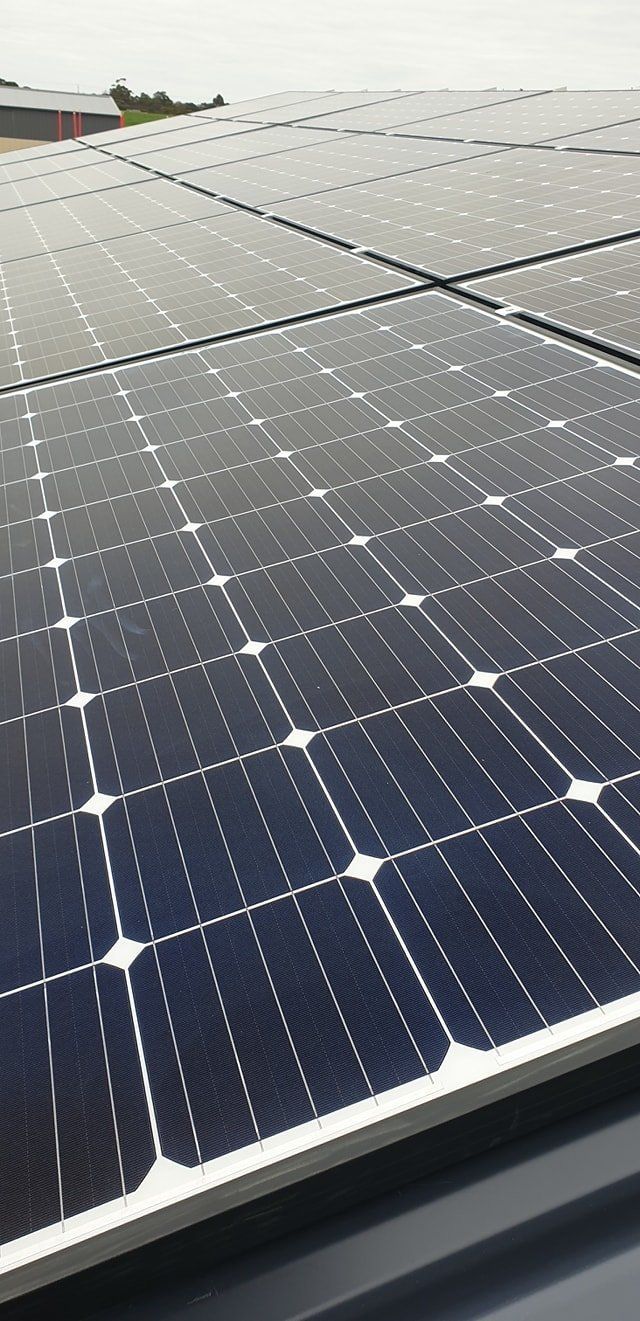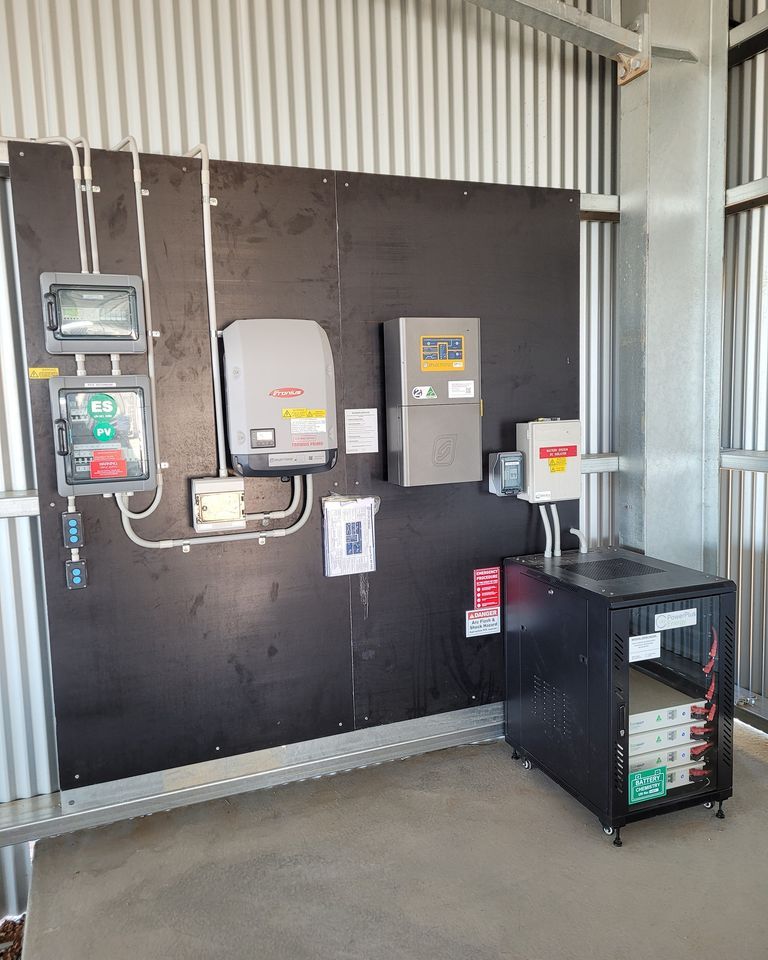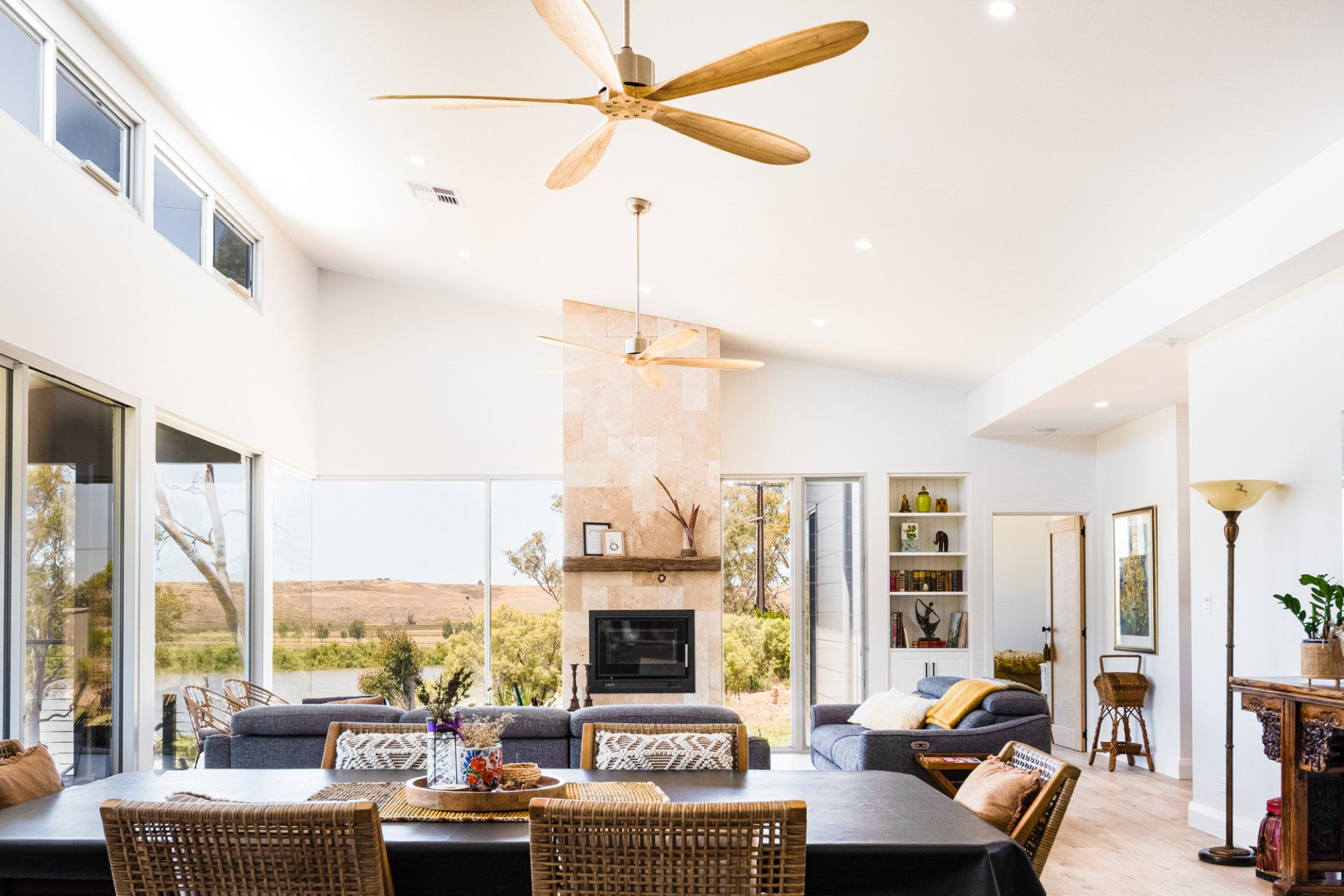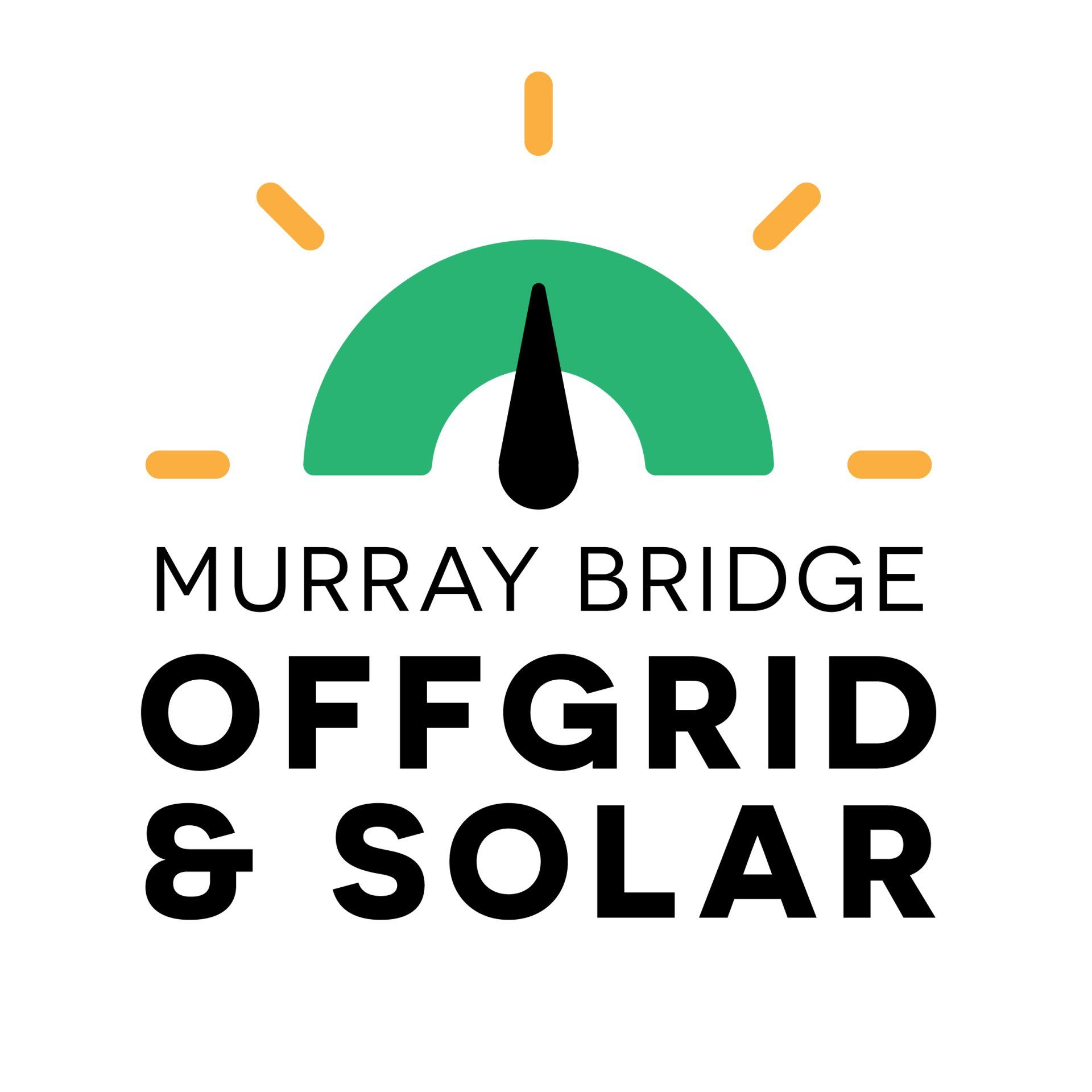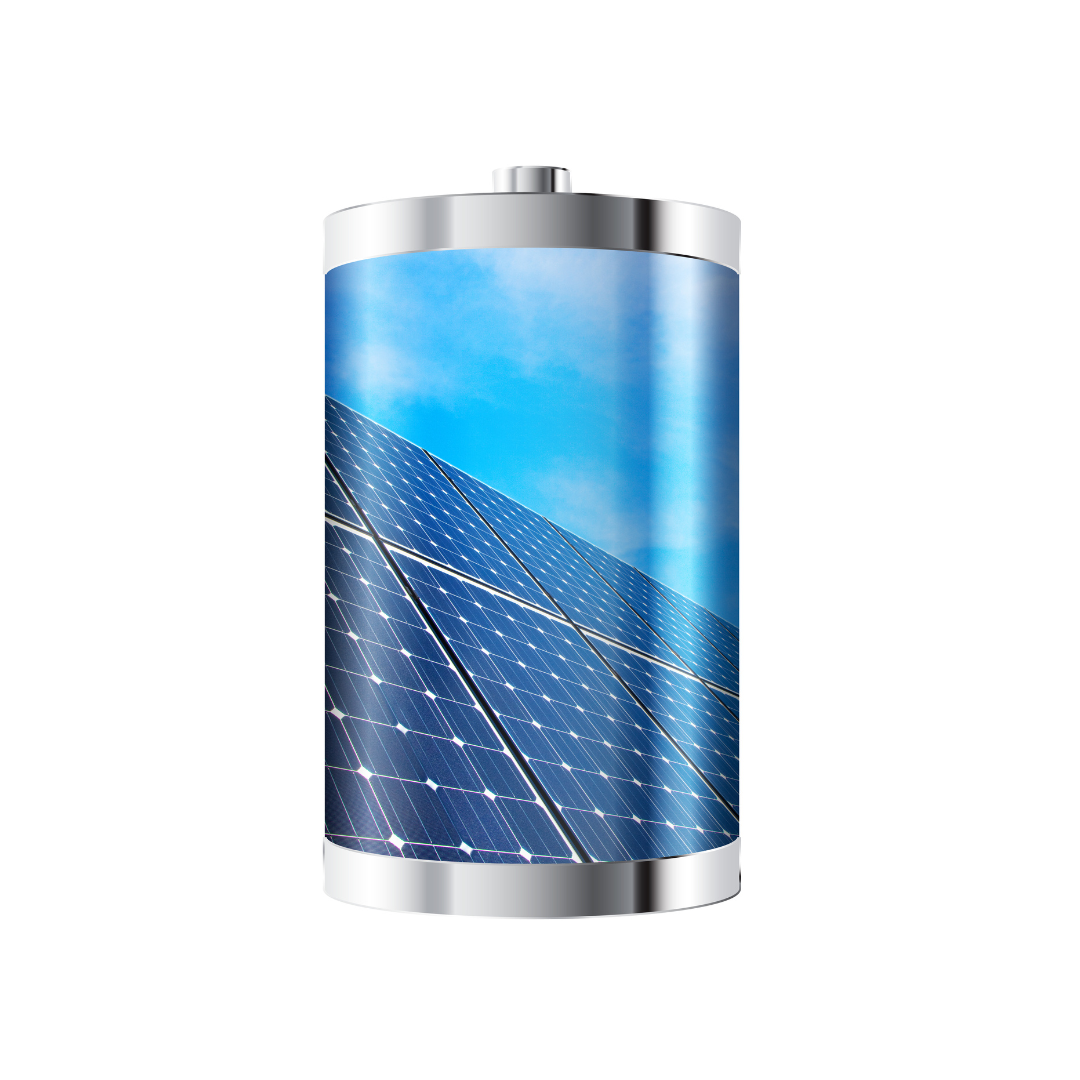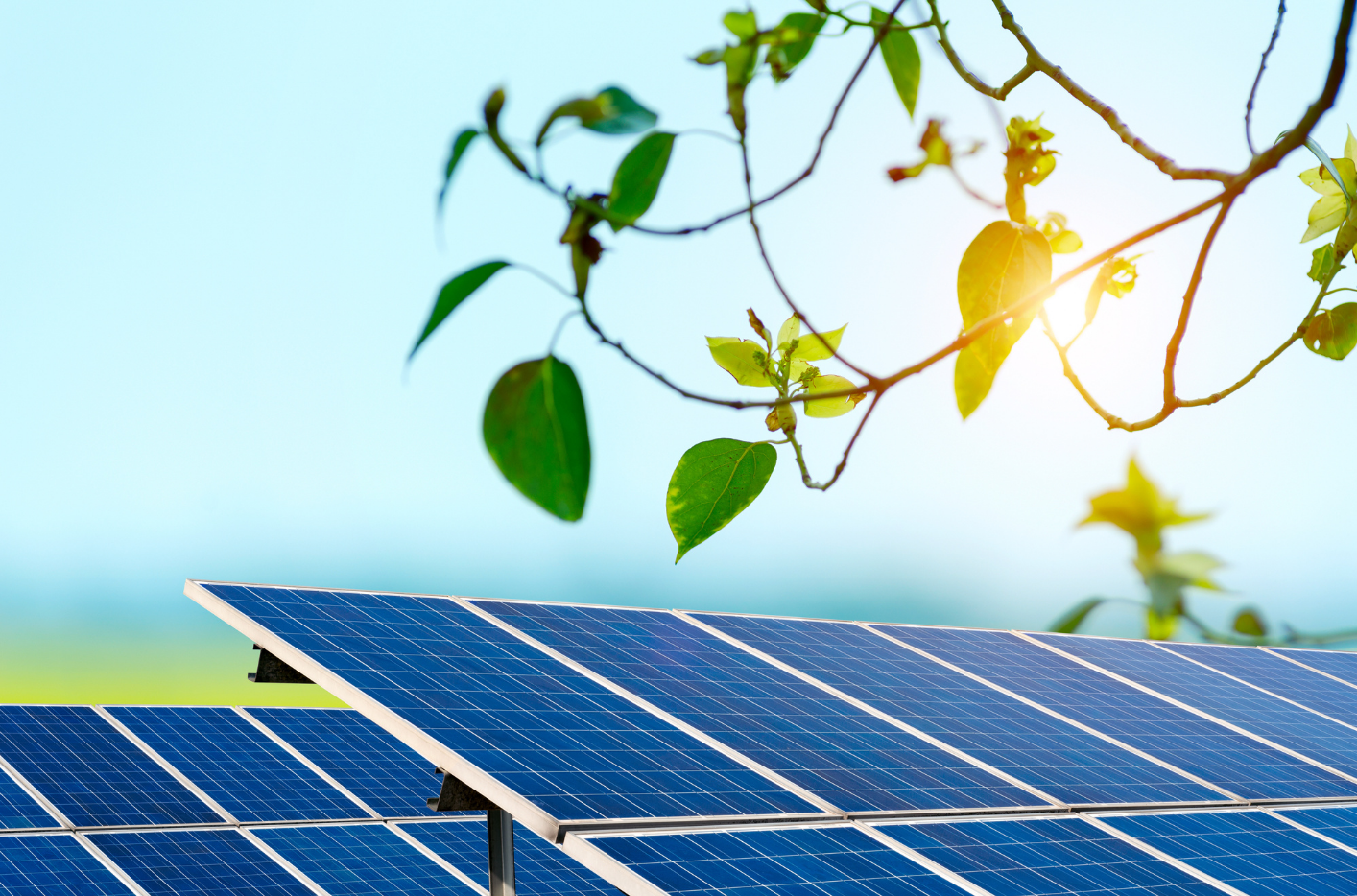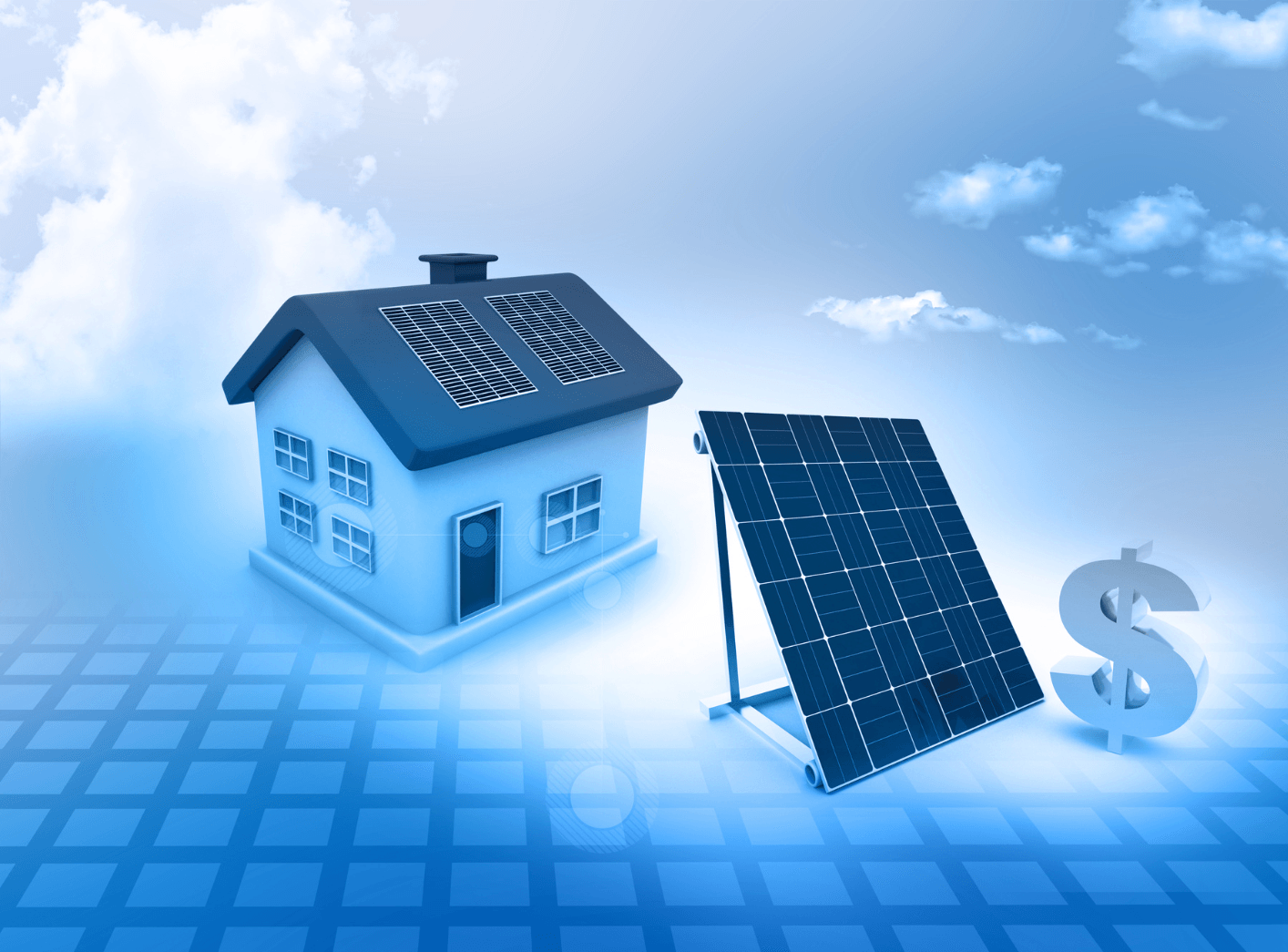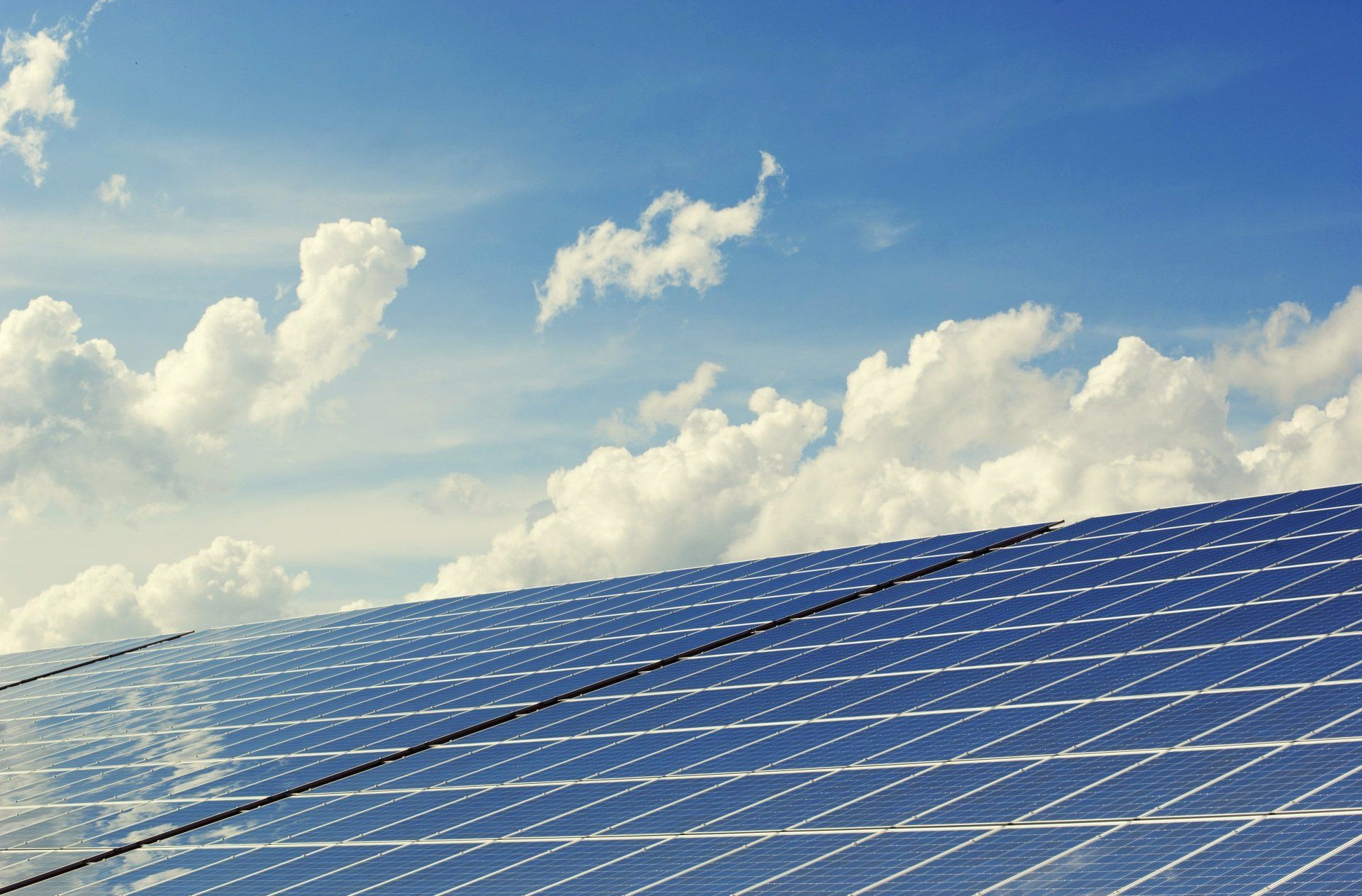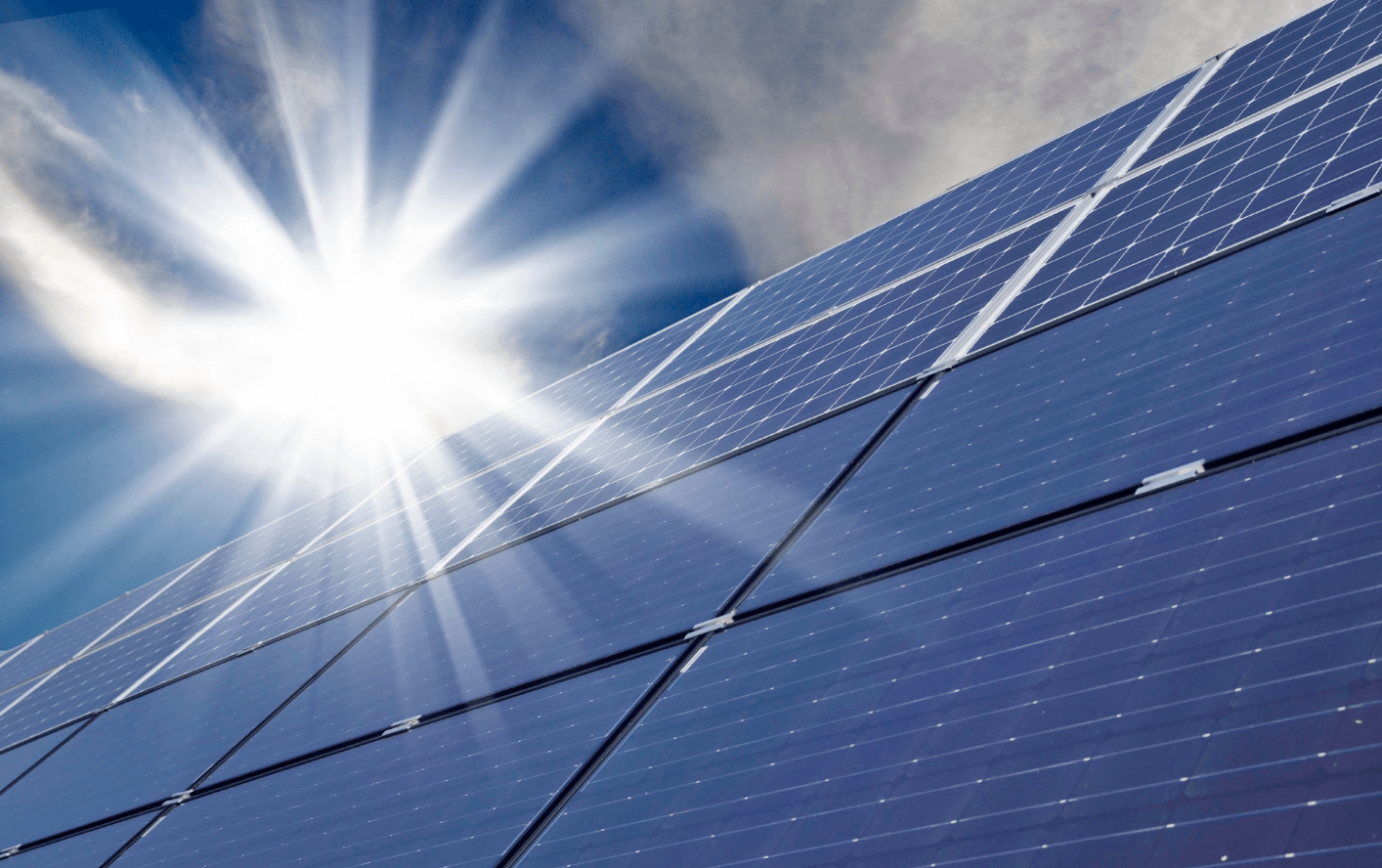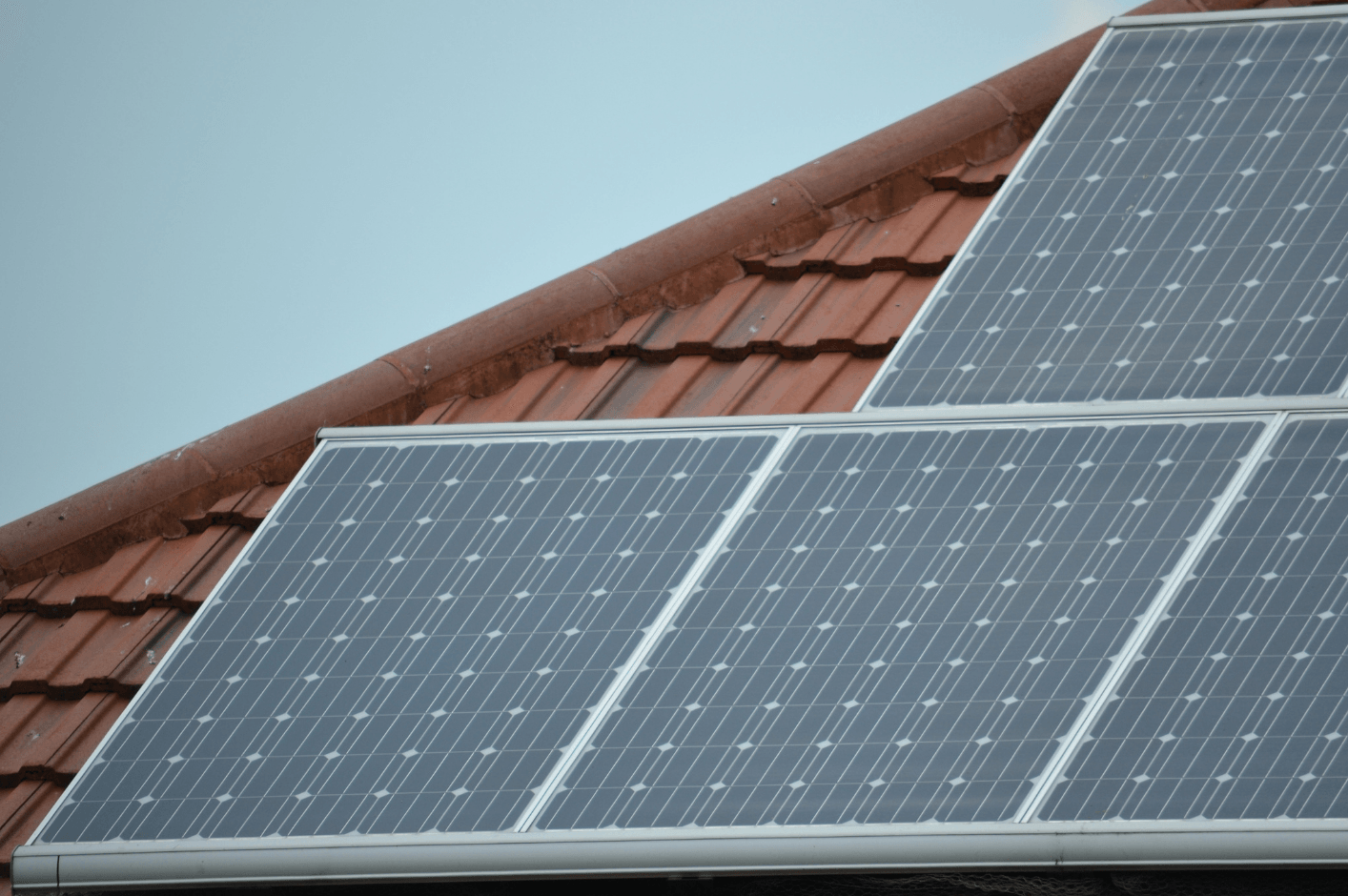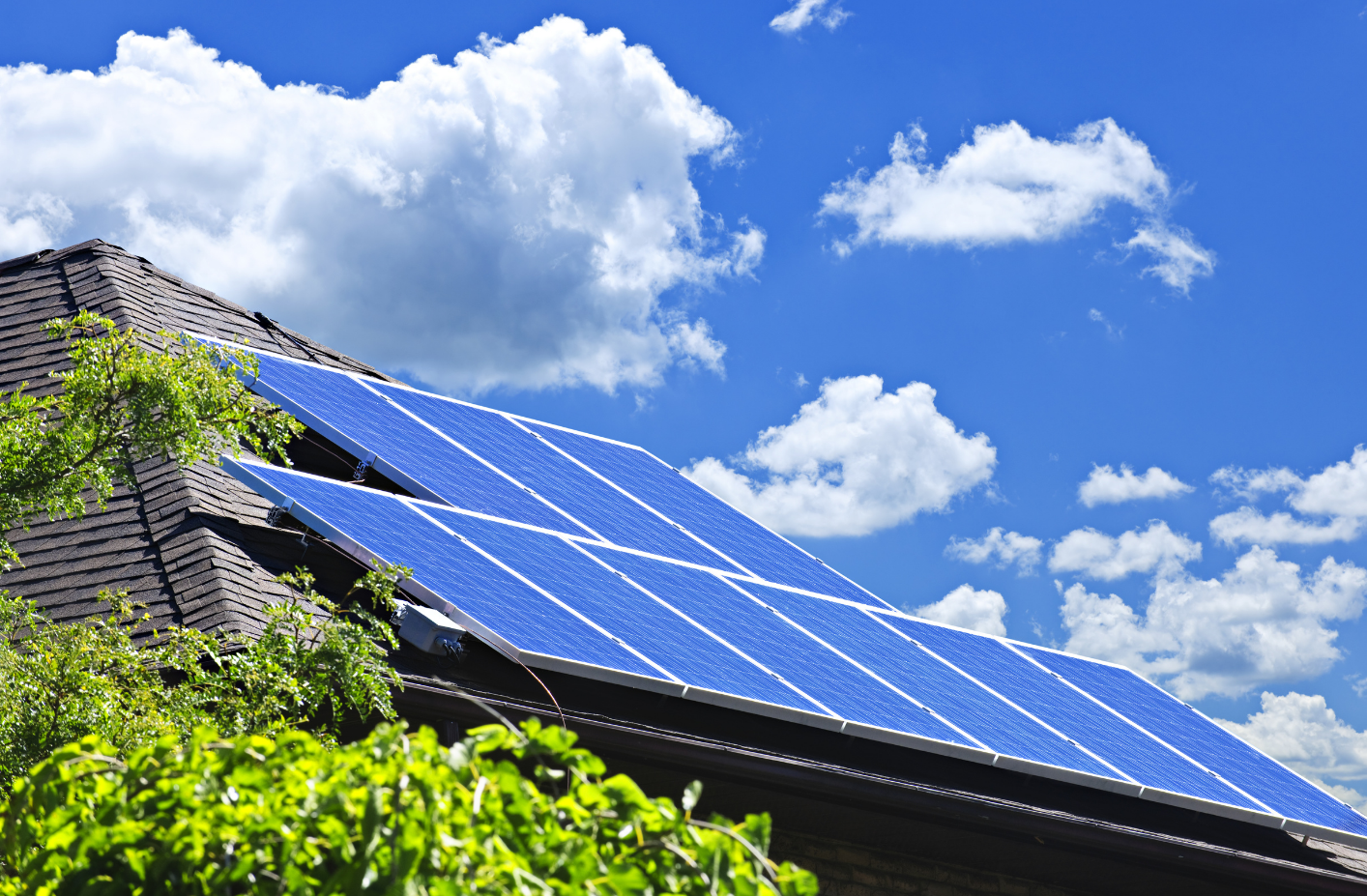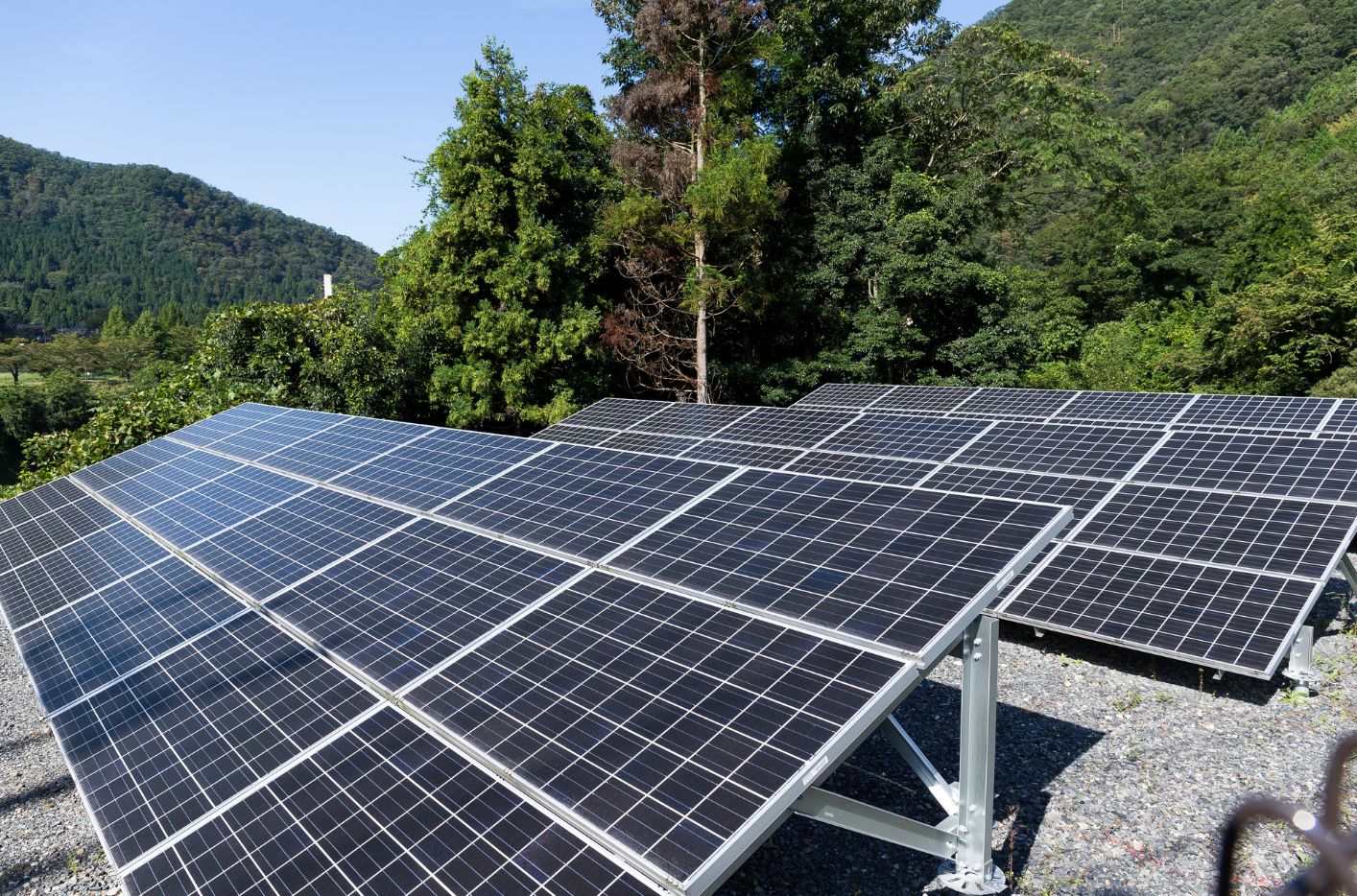A solar system that is off the grid does not use the electricity grid and must be equipped with battery storage. Solar systems that are designed correctly can produce enough power throughout the year and have enough battery capacity to meet a home's demands, even during the depths of winter when there is frequently less sun.
Off-grid solar energy systems have a high initial investment and must be powered by batteries or off-grid inverters, making them more expensive than on-grid systems. Because of this, they are mostly only utilised in remote locations that are far from the electricity grid. Battery costs, on the other hand, are decreasing rapidly, indicating that there is even a market for off-grid solar battery systems in urban and suburban areas.
A solar inverter, is used in parallel with a multi-mode battery inverter to create AC-coupled off-grid solar systems.
A DC-coupled off-grid solar power system uses a solar charge controller to regulate battery charging, as well as an easy inverter to deliver AC power.
- The battery bank is the power source. There is no public electricity grid in an off-grid system. Any extra power produced by your solar panels will be sent to your battery bank when used by your appliances. When your solar panel(s) are down, your appliances will continue to draw energy from the batteries.
- A Battery Backup Generator is a device that generates power when your batteries are depleted. For instances when the battery charge is low and the weather is overcast, you'll require a backup power source, such as a backup generator.
